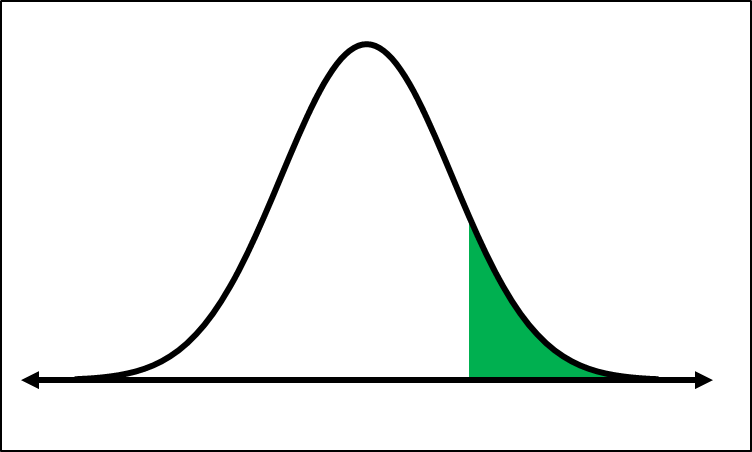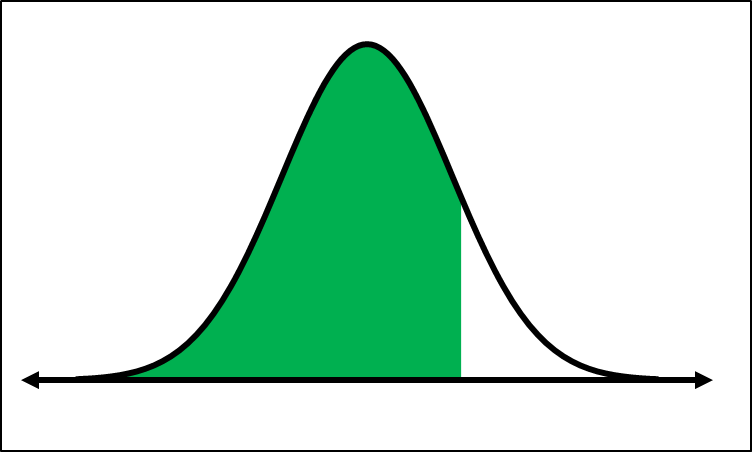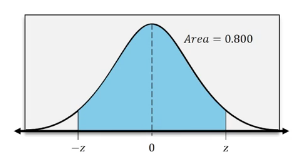In probability and statistics, understanding how to find probabilities associated with z-scores is essential, especially when dealing with the standard normal distribution. A z-score indicates how many standard deviations an element is from the mean. To find probabilities from z-scores, one can utilize a z-table or a graphing calculator, which can simplify the process significantly.
When using a graphing calculator, such as the TI-84, the normalcdf and shade normal functions are particularly useful. The normalcdf function calculates the cumulative distribution function, which gives the probability that a standard normal random variable is less than a specified value. The shade normal function visually represents the area under the curve, making it easier to understand the probabilities involved.
To find the probability that a z-score is less than a specific value, such as -0.81, you would set the lower bound to negative infinity (which can be approximated as -1E99) and the upper bound to the z-score in question. The calculator will then provide the area to the left of that z-score, which corresponds to the probability. For example, using the calculator, you would input:
lower bound: -1E99upper bound: -0.81mean (μ): 0standard deviation (σ): 1After executing the function, the calculator will display the area, which in this case is approximately 0.2090, matching the value obtained from the z-table.
For scenarios where you need to find the probability between two z-scores, such as between -1 and 1, the process is similar but requires adjusting the bounds. Here, the lower bound would be -1 and the upper bound would be 1. This setup instructs the calculator to compute the area between these two z-scores. The resulting area, which represents the probability of a z-score falling within this range, is approximately 0.6827.
Utilizing a graphing calculator not only streamlines the process of finding probabilities associated with z-scores but also enhances accuracy by providing a visual representation of the data. This method is particularly beneficial for more complex problems where manual calculations may become cumbersome.







